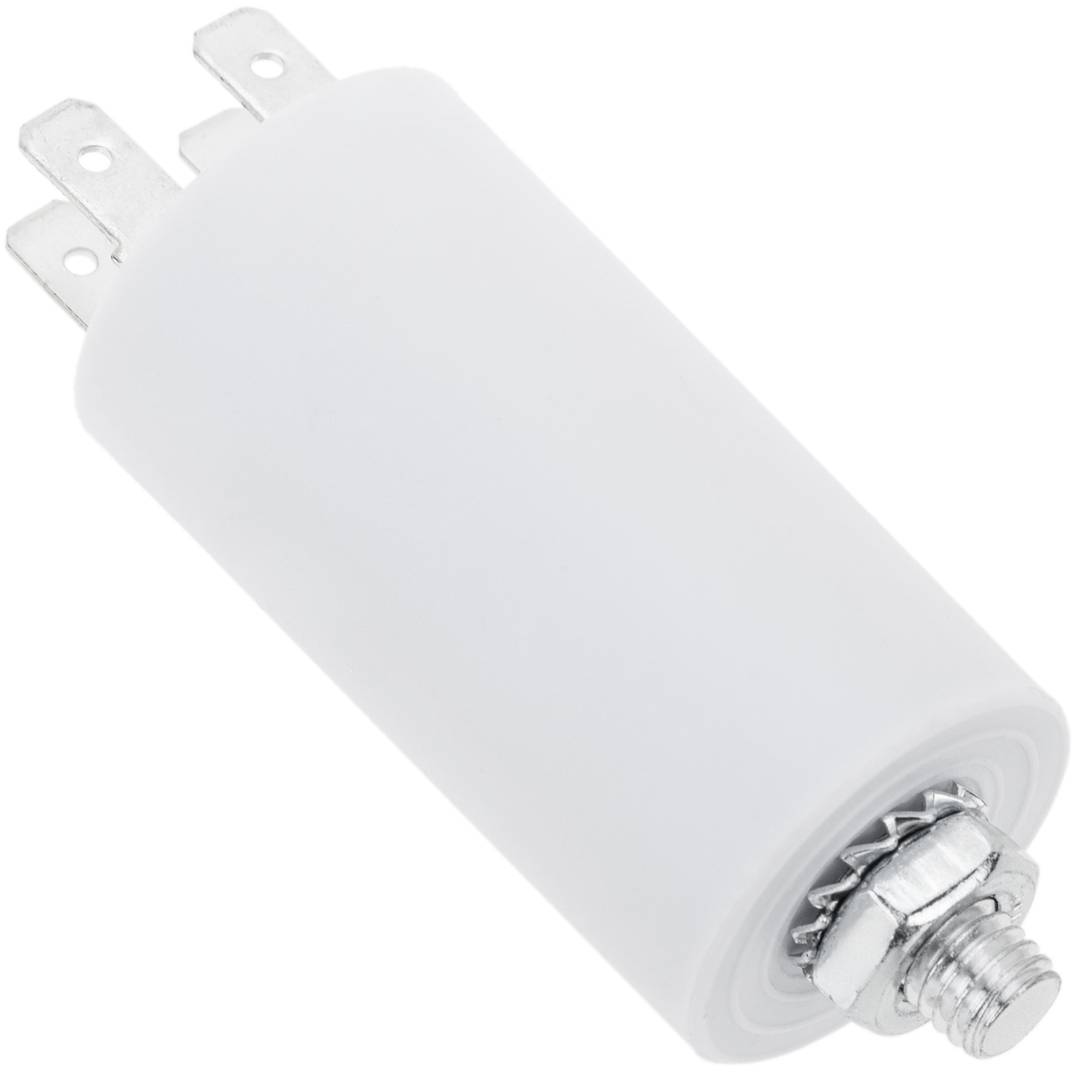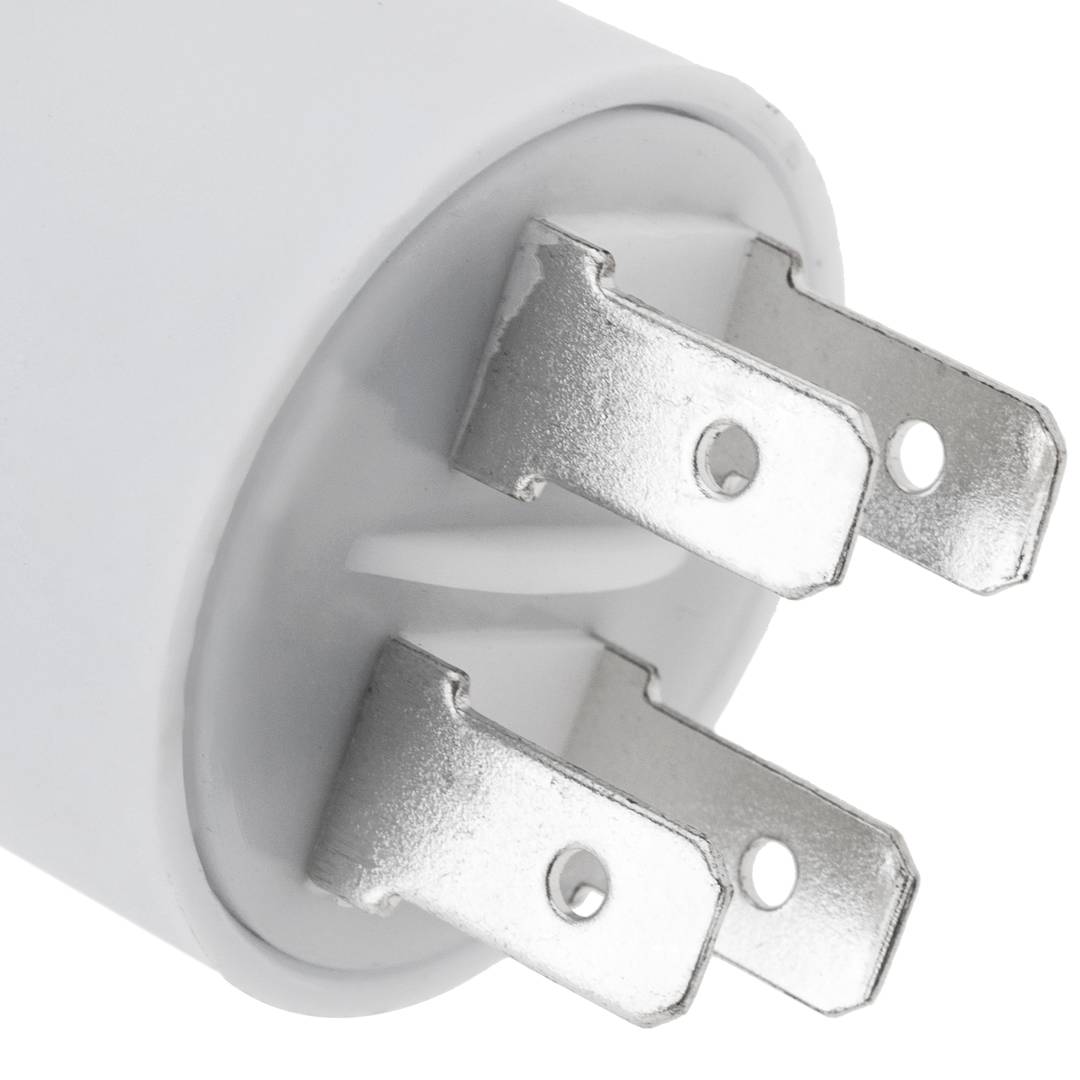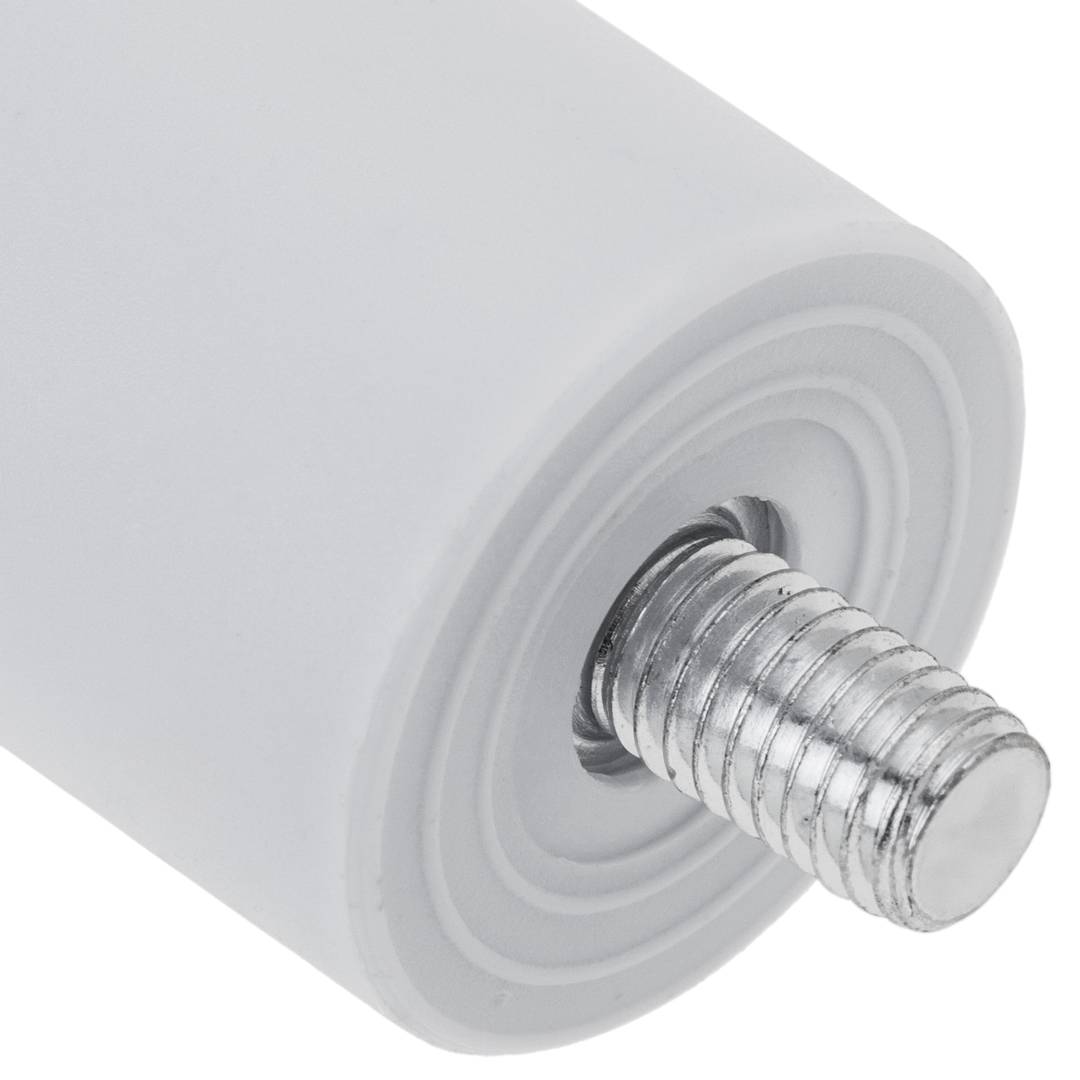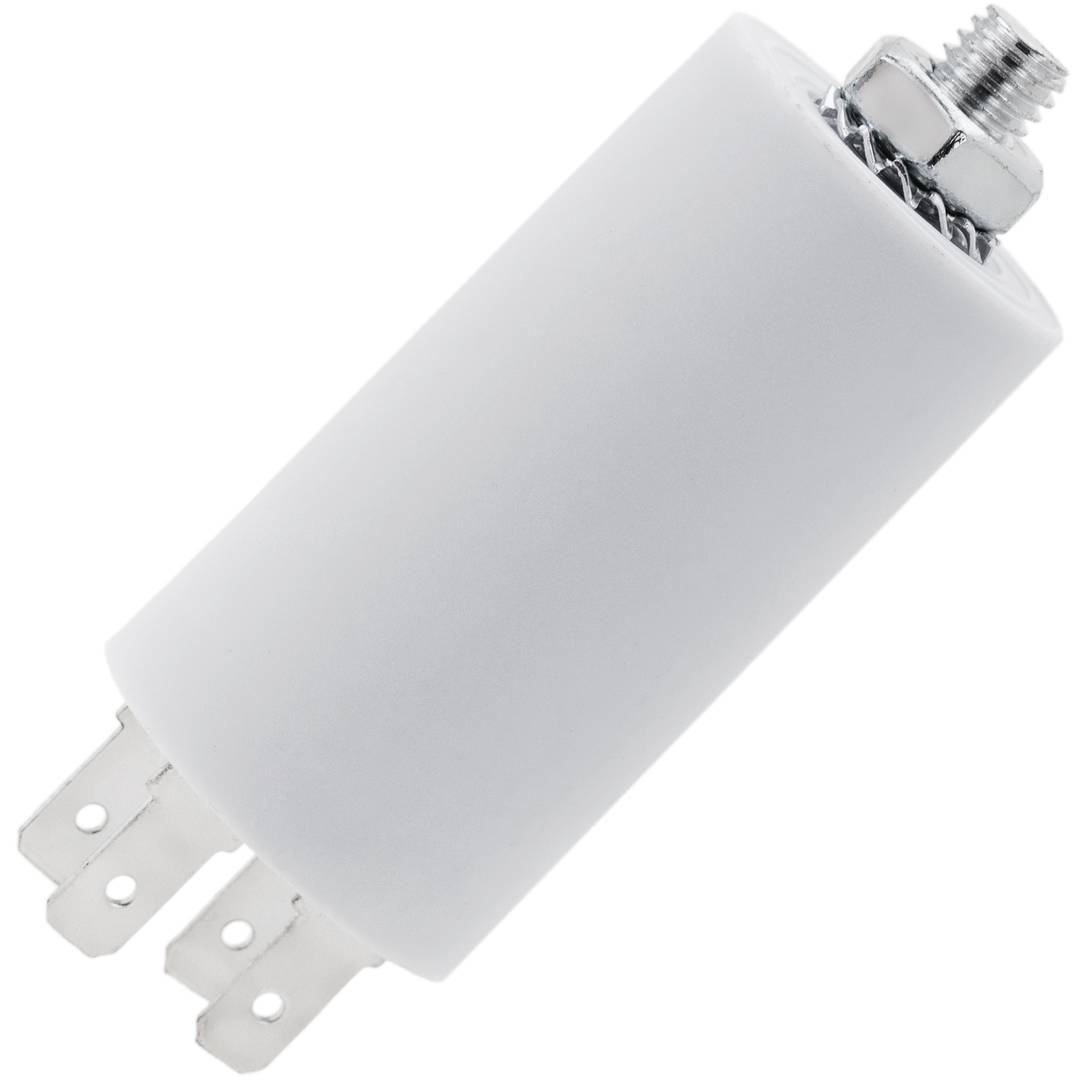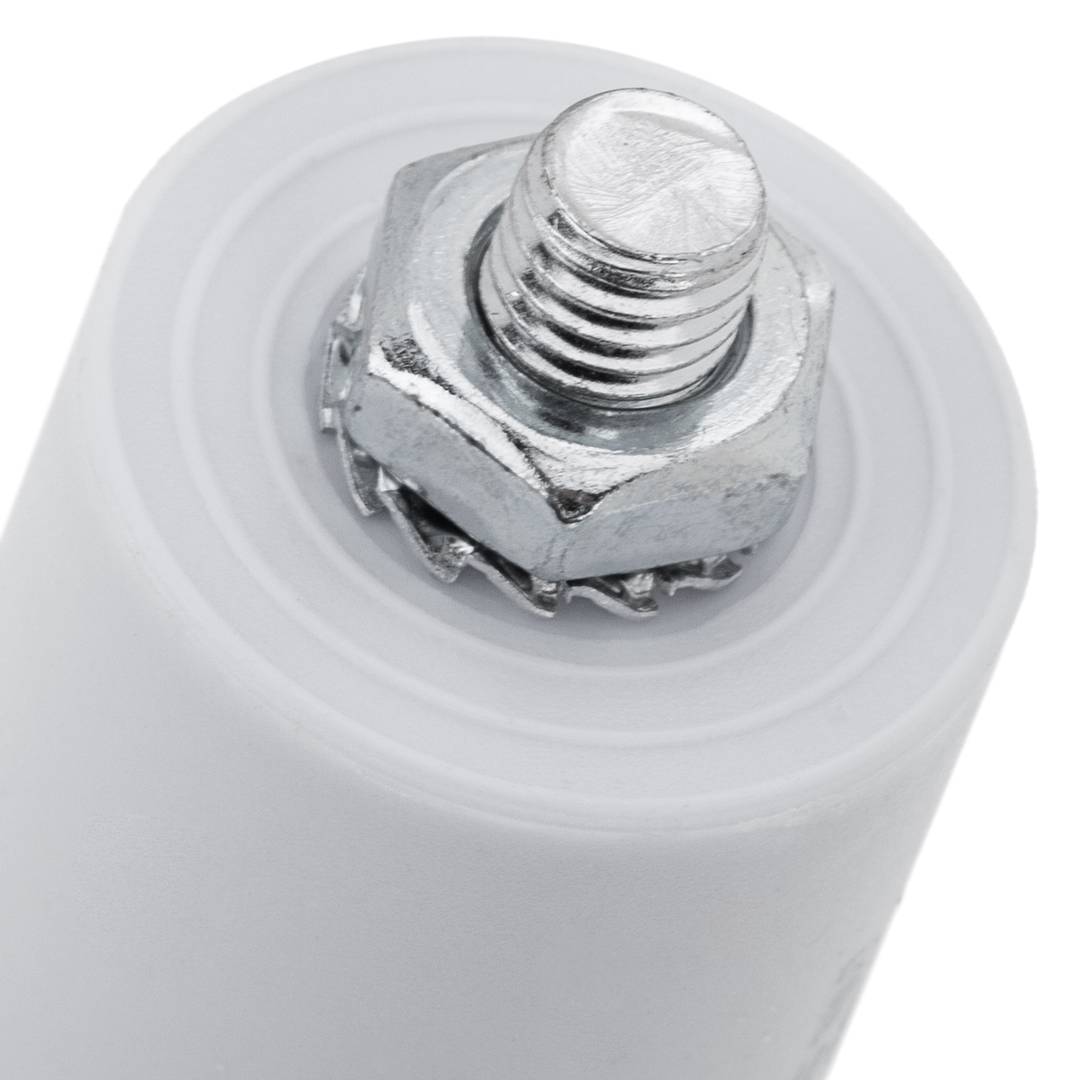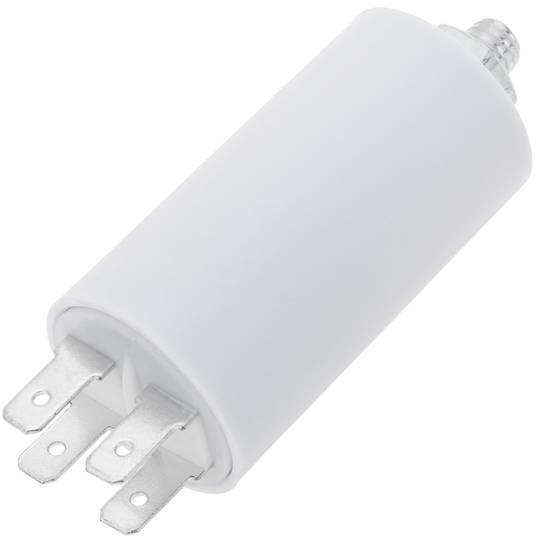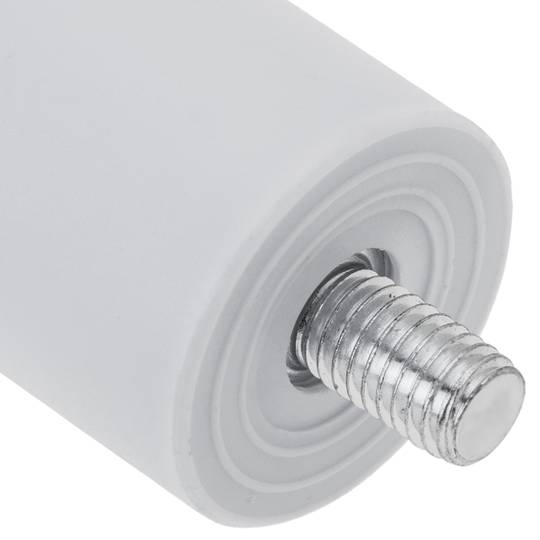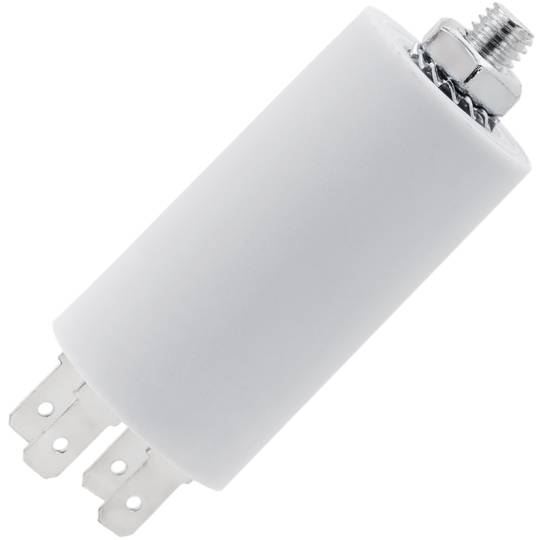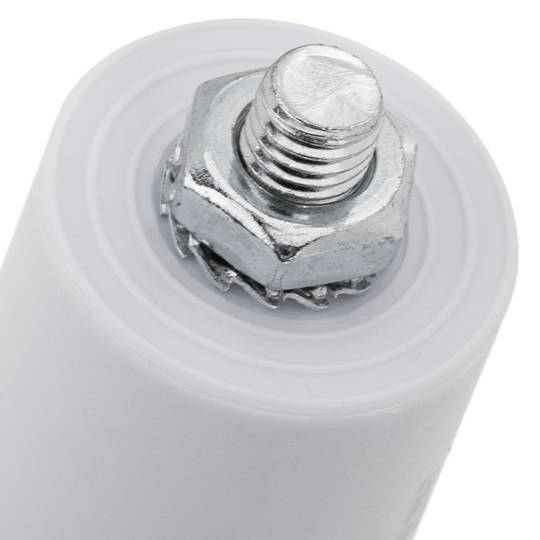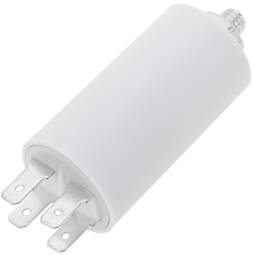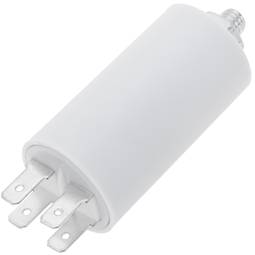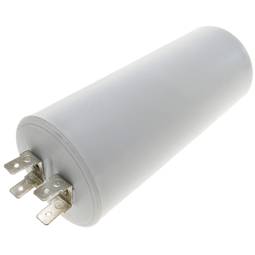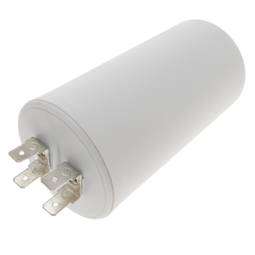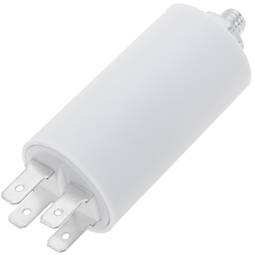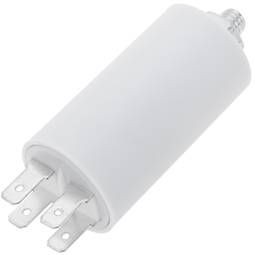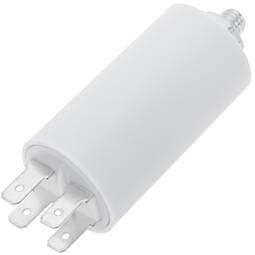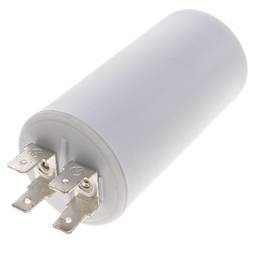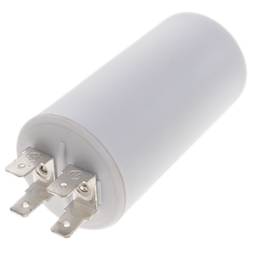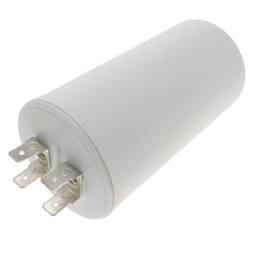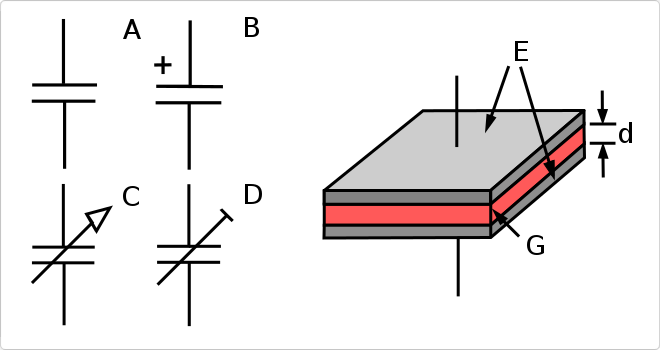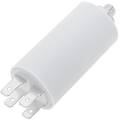06/03/2025 8:53 a.m.
https://cablematic.com/en/products/starting-capacitor-for-electric-motor-4uf-450vac-AB135/
https://cablematic.com/en/products/starting-capacitor-for-electric-motor-4uf-450vac-AB135/
Starting capacitor for electric motor 4µF 450VAC
REF: AB135
Specifications
- Starting capacitor for household appliance motors.
- Capacity 3.5µF with tolerance +/- 5%.
- Nominal voltage 450VAC (50-60 Hz).
- Working temperature -25°C to +85°C.
- It has a M8x12 fixing screw and 6.35x0.8mm faston terminals.
PVP
€2.00
Price including VAT:
€2.00
PVD
€1.69
PVP: Retail price.
Check conditions.
PVP: Sale price to distributors.
Check conditions.
Buy before:
Receive it:
Monday 9
Delivery times are approximate. Cablematic is not responsible for delays.
warranty
returns
safe
Specifications
- Starting capacitor for household appliance motors.
- Capacity 3.5µF with tolerance +/- 5%.
- Nominal voltage 450VAC (50-60 Hz).
- Working temperature -25°C to +85°C.
- It has a M8x12 fixing screw and 6.35x0.8mm faston terminals.
Keywords
Did not find what you were looking for? These topic could help you
More info
Starting capacitor from 4 µF to 450VAC for electric motors. Capacitor made of polypropylene that provides the motor with additional energy capacity for starting. Resin sealed non-inductive coil. It has a self-extinguishing casing resistant to shocks. Easy installation using fixing screw and fastener terminals.
Specifications
Specifications
- Starting capacitor for household appliance motors.
- Capacity 3.5µF with tolerance +/- 5%.
- Nominal voltage 450VAC (50-60 Hz).
- Working temperature -25°C to +85°C.
- It has a M8x12 fixing screw and 6.35x0.8mm faston terminals.
- Condenser measurements: 31 x 57 mm (diameter x length).
- Total measurements: 31 x 75 mm (diameter x length).
- Made of white polypropylene.
- Gross Weight: 70 g
- Product size (width x depth x height): 7.5 x 3.1 x 3.1 cm
- Number of packages: 1
- Packages size: 9.5 x 3.7 x 3.7 cm
- Master-pack: 1
Technical terms
- Hz
- Capacitors
Hz
One hertz is one cycle per second, meaning repeating cycle as an event. For example, hertz is applied physics measuring the number of times for a second wave (either acoustic or electromagnetic) is repeated or can be applied, among other uses, to ocean waves that reach the Beach vibrations per second or a solid. The quantity that measures the frequency hertz is called,in this regard, the inverse of the period. One hertz is an oscillation frequency of suffering a particle over a period of one second.



